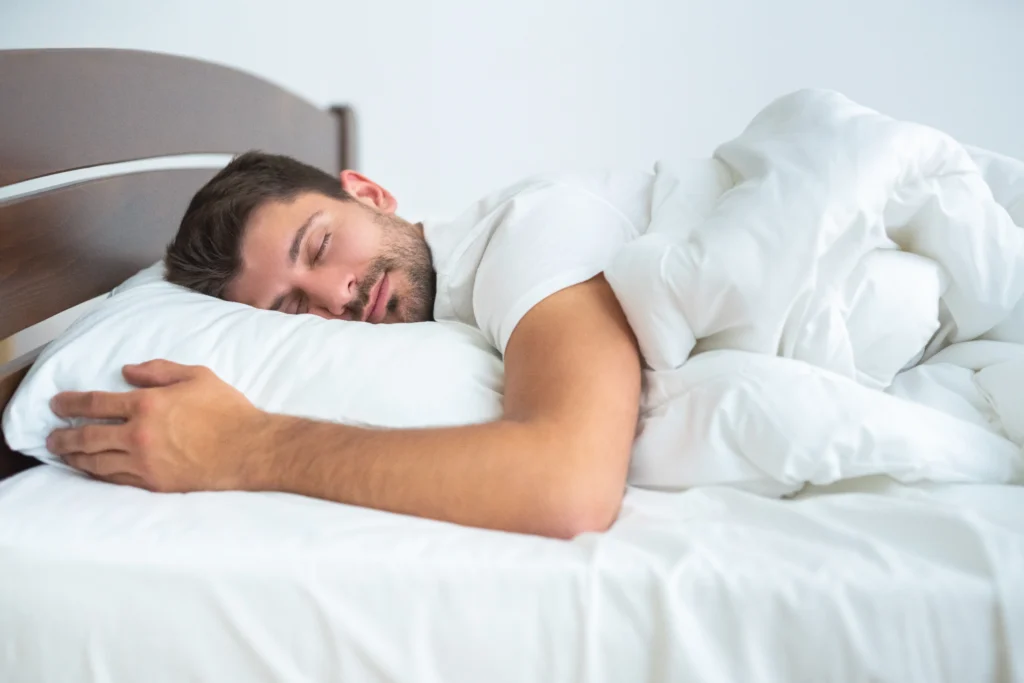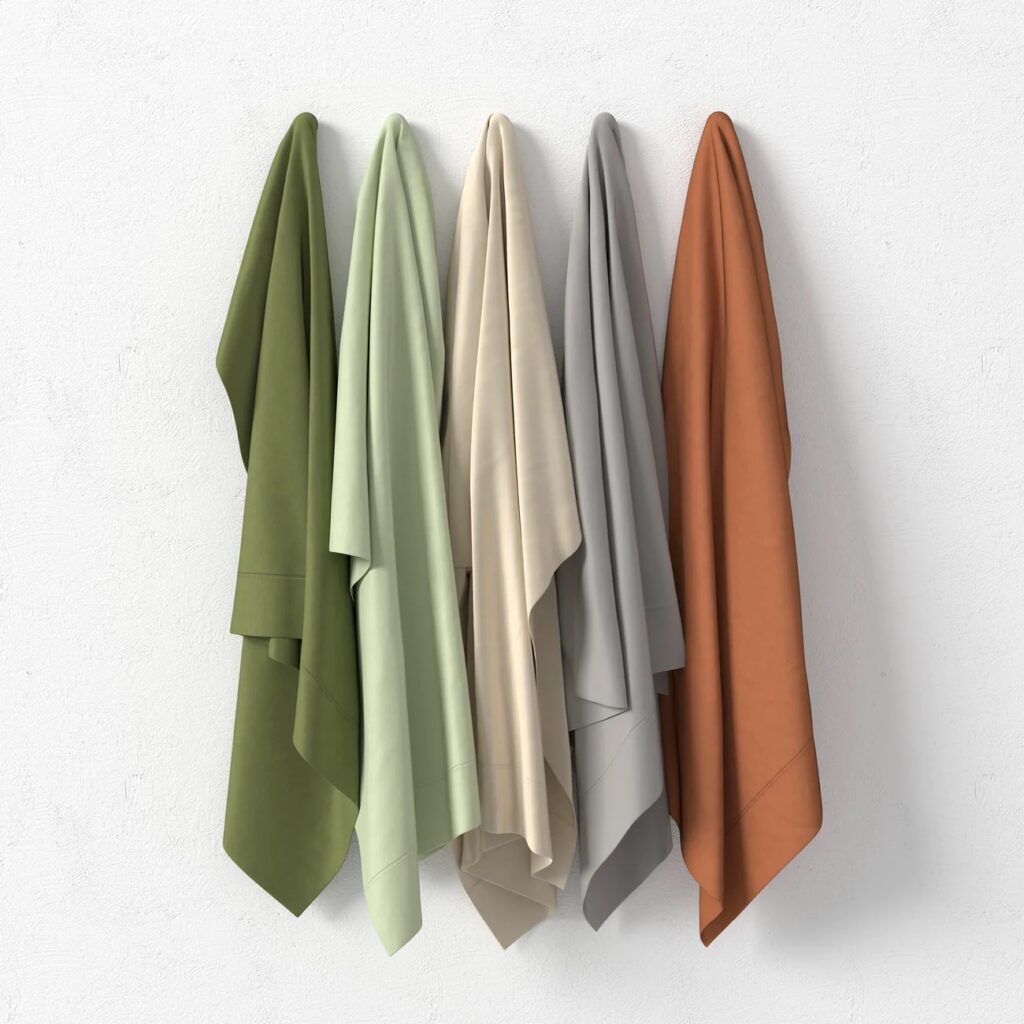
Innovations In Wellness at Dave Asprey’s Biohacking Conference
June 16, 2025 – This past May, the Fairmont Austin buzzed with biohackers, tech exhibitors, keynote speakers and wellness enthusiasts. Team CELLIANT was on-site to see the latest showcase of future-forward wellness innovation…







